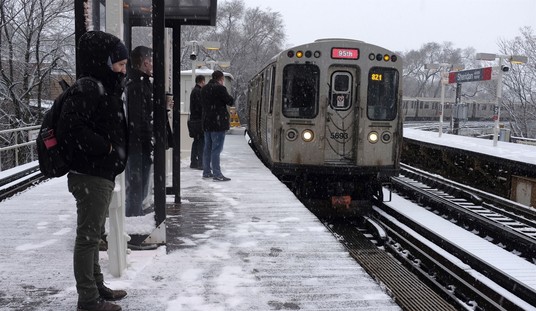Right now, everyone is very on edge about active shooters. While they’re pretty rare, they’re also media spectacles that demand our attention and thrust the very idea of such things into the spotlight.
Men–and they’re pretty much always male–who we would never have heard of, become celebrities in a deadly instant. It’s terrifying because they seemingly happen at random with no warning for the regular folks caught in the middle of a psychotic rampage.
However, when we peel away the fear, what we have is an individual who did something horrible. What we don’t really know in many cases is just why.
To that end, the United States Secret Service took a look at all the active shooter situations that took place during 2017. During that time, there were several that still stick out in our minds; Las Vegas, Sutherland Springs, and the attack on the GOP baseball team. These are all still fairly fresh in our minds.
It’s not a bad year to look to for answers.
Between January and December 2017, 28 incidents of mass attacks, during which three or more persons were harmed, were carried out in public places within the United States (see map for locations). These acts violated the safety of the places we work, learn, shop, relax, and otherwise conduct our day-to-day lives. The resulting loss of 147 lives and injury to nearly 700 others had a devastating impact on our nation as a whole. As the uncertainty they caused continues to ripple through our communities, those charged with ensuring public safety strive to identify methods to prevent these types of attacks. To aid in these efforts, the U.S. Secret Service National Threat Assessment Center (NTAC) examined these 28 incidents, to identify key themes for enhancing threat assessment and investigative practices. Regardless of whether these attacks were acts of workplace violence, domestic violence, school-based violence, or terrorism, similar themes were observed in the backgrounds of the perpetrators, including:
- Nearly half were motivated by a personal grievance related to a workplace, domestic, or other issue.
- Over half had histories of criminal charges, mental health symptoms, and/or illicit substance use or abuse.
- All had at least one significant stressor within the last five years, and over half had indications of financial instability in that timeframe.
- Over three-quarters made concerning communications and/or elicited concern from others prior to carrying out their attacks. On average, those who did elicit concern caused more harm than those who did not.
These findings, and others in this report, support existing best practices that the U.S. Secret Service has established in the field of threat assessment. They highlight the importance of gathering information on a person’s background, behaviors, and situational factors; corroborating the information from multiple sources; assessing the risk the individual poses for violence; and identifying intervention points to mitigate that risk.
Some takeaways from the study are that more than half (54 percent) had a history of illicit substance use or some kind of substance abuse and 71 percent had some kind of criminal activity beyond minor traffic violations. Suprisingly, just 25 percent of those shooters had a history of domestic violence.
Additionally, almost two-thirds of the attackers displaced some kind of “mental health symptoms” prior to their attack. “The most common symptoms observed were related to psychosis (e.g., paranoia, hallucinations, or delusions) and suicidal thoughts,” the report notes.
Looking at motivation, one in five were ideologically motivated. That doesn’t include the attacked on the Republican senators, however. That’s listed as a politically motivated shooting, which is given a separate category. Meanwhile, 46 percent are motivated by some kind of personal grievance.
There’s a lot there to take in, but this is the kind of data we need. At least as a start.
While everyone wants to make a big deal about the weapons used, let’s be honest here. If we can figure out how to stop these shootings before they start, it won’t matter if the average American can get his hands on a freaking rocket launcher, people will be safe. If we can’t, then eliminating firearms completely won’t keep people safe.
It’s just that simple.








Join the conversation as a VIP Member